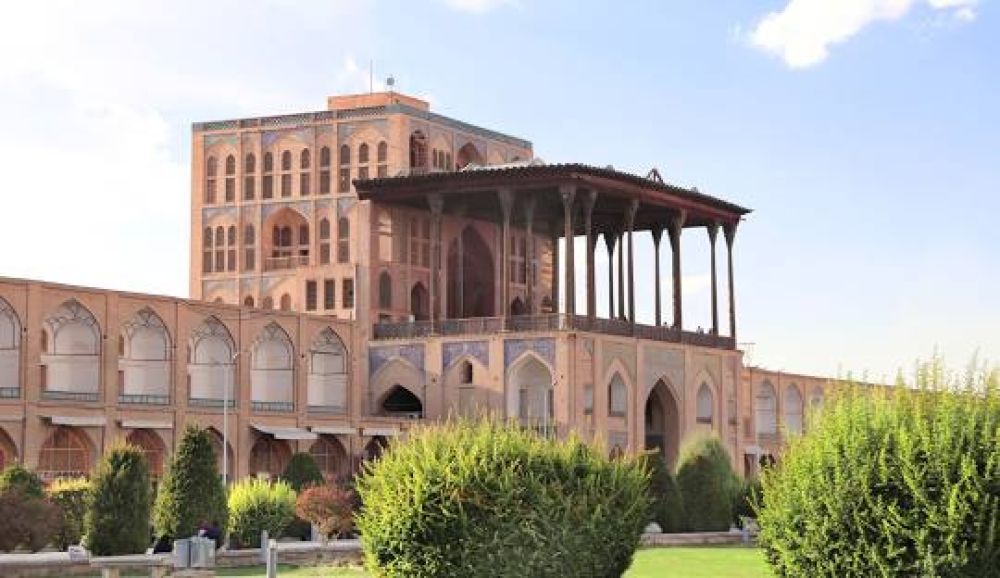

Ali Qapu Palace, a grand monument of Persian architecture, stands proudly in the city of Isfahan, Iran. This impressive structure has served as a symbol of the country's rich history and culture for centuries. Tourism at Ali Qapu Palace has a history that spans several decades, becoming increasingly prevalent as global interest in Iran's historical and cultural heritage grew.
The palace was originally built during the Safavid era in the early 16th century and served as the royal residence and seat of government. It was under the reign of Shah Abbas I that the palace, along with Isfahan, reached its peak of architectural glory, and this monarch's passion for building and urban development led to a surge in domestic and some early forms of international tourism.
After the Islamic Revolution of 1979 and the subsequent Iran-Iraq War (1980-1988), tourism to Iran, including to historic sites like Ali Qapu, faced a significant downturn. However, with the stabilization of the region and the country's efforts to showcase its cultural gems, interest has been revitalized in recent years. The palace is now a key destination on the itineraries of many history and culture enthusiasts who visit Iran.
The latest tourism trend at Ali Qapu Palace sees a blend of both traditional sightseeing and a growing interest in immersive cultural experiences. Virtual reality experiences are becoming more common, providing visitors with an imaginative trip through time to glimpse the palace's heyday during the Safavid Empire.
Additionally, the Persian night tours, which include traditional music and storytelling, have become an attractive way for tourists to experience the palace after dusk, offering a unique atmosphere quite different from the day tours. They present the Ali Qapu Palace in a different light—literally and figuratively—and provide deeper cultural context.
Sustainable tourism is also gaining traction, with increased emphasis on preserving Isfahan’s and Iran's overall heritage. Authorities and tour operators are making considerable efforts to ensure that footprints left behind are solely in the form of memories and that the integrity of the site is maintained for future generations.
The International community has recognized the importance of Ali Qapu Palace, along with the famous Naqsh-e Jahan Square, as a UNESCO World Heritage Site. This recognition has significantly contributed to the growth in tourism and interest in the site.
Tourism infrastructure in Isfahan has also improved, with better hotels, more knowledgeable guides, and a growing number of resources available for international visitors. Nevertheless, challenges remain, particularly concerning geopolitical tensions and international perceptions, which continue to influence tourism flows to Iran.
To truly appreciate the Ali Qapu Palace, it is recommended that visitors engage in a guided tour to fully grasp the historical significance and artistry of the site. With its majestic halls, intricate frescoes, and the famous Music Room, the palace is a portal to the opulent past of the Persian Empire. It remains an essential stop for any cultural connoisseur exploring the depths of Iranian art, history, and architecture.